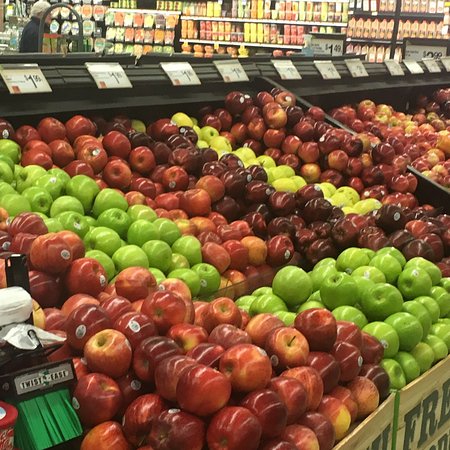Grocery Stores Opening Hours in the US
Methods of operating from the retail food sector are invariably changing. This runs specifically true inside the supermarket space. Today’s informed consumers are increasingly demanding quality, fresh, and innovative foods. Additionally, these consumers also demand convenience be served together with these first-rate products.
More grocery merchandise is being purchased at non-traditional food retailers. For instance , Wal-Mart Stores Inc., Costco Wholesale Corporation, along with pharmacies/drugstores, and specialty alternative grocers.
How are traditional supermarkets – chains and independents – addressing the twin problems with freshness and convenience? Are mainly ways they’re trying to grow sales through serving their customers better:
1. Locally sourced products. It’s actually a since products sourced locally is going to be on supermarket shelves plus supermarket counters quicker. Same-day produce and dairy deliveries from local suppliers ensure customers receive their favorite meals fresher.

Additionally, today’s savvy consumers need to know wherever their foods are originating from. This enables them to quickly trace their goods origins whenever they experience any problems with them. Hence, locally sourced will be the break through, which food retailers are saved to board with to meet customer demands.
2. More specialized departments. Fresh products in grocers are coming increasingly from very specialized departments. Such as artisan bakeries, market fresh fish and seafood departments, gourmet cheese departments, and convey departments offering more organic produce.
Artisan in-store bakeries (with products baked fresh daily) are providing breads along with other goods with unbleached flour and healthy whole grain products. Specialized departments concentrating on all-natural items are getting off products containing MSG. Moreover, they’re offering consumers’ wishes for low-sodium, low or no sugar, as well as gluten-free products.
3. Clean food. Customers are demanding ‘cleaner’ food. This implies products with limited ingredients. Nonetheless, these limited ingredients have to be first-rate, without additives and preservatives. Consumers want to know how their fruit and veggies are grown and processed. They need to know if the meat they purchase is grain or grass-fed and whether it contains antibiotics or chemicals. Supermarkets are increasingly stocking food products that meet consumers’ needs of these areas.
For details about grocery stores closing times view this web page.